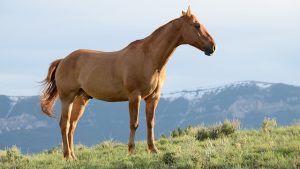Horses have been humanity’s companions for centuries, serving various roles, from transportation to agriculture and recreation. Their beauty, strength, and versatility have captivated humanity for centuries. From towering draft horses to sleek Arabians, the world of horse breeds is diverse and rich in history. Whether you’re a seasoned equestrian or a curious beginner, understanding the various horse breeds can deepen your appreciation for these magnificent creatures.
I’ve come to believe that the true magic of horses lies not only in their beauty and grace but in the rich diversity of breeds that each tell a unique story. Each breed has been shaped by its environment, the purpose it was bred for, and the people who have nurtured it. Most of the horse breeds today are sporting horses. There are approximately three hundred breeds of these horses, and in earlier times, they came in many different varieties. However, during the last few decades, most of the animals in this group have been bred with a specific purpose in mind, such as owning a horse for leisure or competitive riding. This comprehensive guide will explore the different types of horse breeds, their characteristics, historical significance, and popular uses today.
Popular Horse Breeds and Their Characteristics
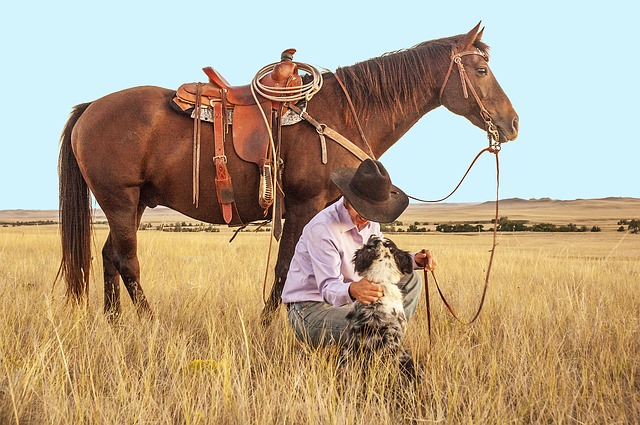
Western Horses
As recently as the 1970s, Western horses were still almost solely restricted to North and South America, but they are now becoming increasingly popular in parts of Europe. Although it is basically possible to ride a Western saddle with any kind of horse, the different types of the American Western horse are particularly well-suited to this kind of riding. The various types of Western horses are described in this post.

Mustang
The wild mustangs of the western United States are not wild horses but descendants of the Spanish horses, which returned to the wild after they were brought over during the conquest and colonization of America. They multiplied in the millions on the prairies and shared the grazing land with large herds of bison. Just like the Indian buffalo, most of them were later slaughtered, but thousands of them were also caught and trained for use as cowboy and cavalry horses. Many horses used by cowboys today are direct descendants of the Mustang. Many types vary in height from 130-148 cm/52-59 in. All of them are known for their toughness, undemanding nature and endurance.
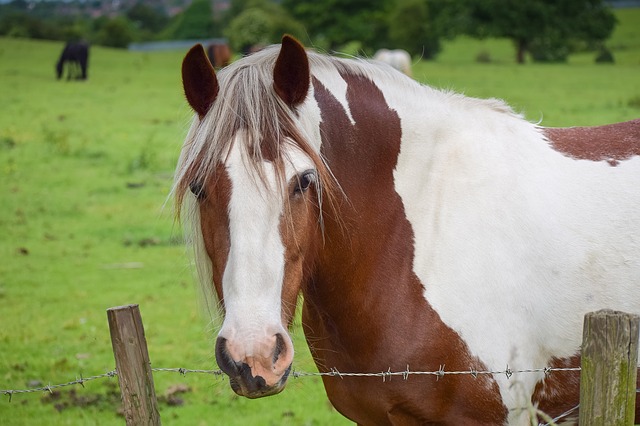
Pinto
The name Pinto comes from the Spanish pintado and means painted. Many Spanish horses were dappled long ago, as were the mustangs later. Thus, as a rule, pintos are mustangs or descendants of these wild horses. There have been deliberate attempts since 1963 to raise them as a breed. Animals with just the right confirmation and, of course, dappling are selected for this purpose. Depending on their markings, there is either the predominantly dark Overo or the mostly white Tobiano. Like the other ancestors of the Mustang, pintos are, on average, less than 150 cm tall; they are fast, have stamina, and are extremely robust. They are an excellent cowboy and domestic horses.

Appaloosa
The Appaloosas, with their different kinds of spotted markings and excellent qualities for riding, enrich warmblood 81 horse breeding. The fact that well over 150,000 of them exist today proves how popular they have become. Several excellent Appaloosas can also be found now in Europe.
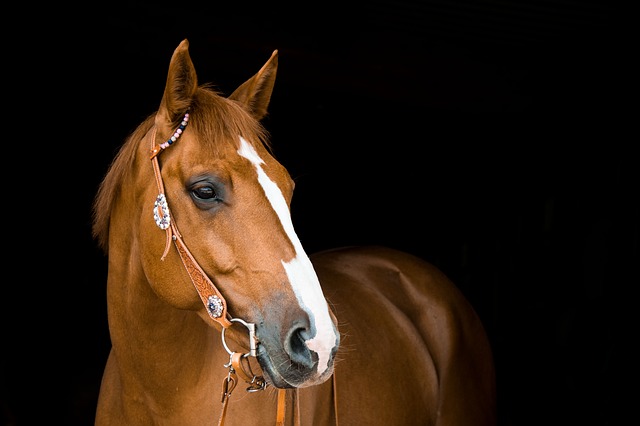
Quarter horse
The Quarter horse is not a quarter of a horse, as the name would imply. As some claim, it is also not a thoroughbred, but it has earned its place on a high pedestal. These horses made a reputation for themselves about 350 years ago in the American South and not in the Wild West. Horse racing on the village streets was popular Sunday entertainment in the southern states. The races usually ran for a quarter of a mile (about 400 meters); this is how its name, Quarter Horse, originated. All sorts of different breeds of horses were crossed to create the Quarter horse – a large number of Arabian and English thoroughbreds, as well as Turkish horses and others. What was important in the study selection was that the animals could thunder from one end of town to the other at record speed. At its inception, the American Quarter Horse Association (AQHA), which was not founded until 1940, aimed to produce a breed that fits its ideal of what a Quarter horse should be. It sought a solid, muscular but refined-looking horse with a short, wide, expressive head and wiry, very robust legs; a quick learner, friendly and competitive; a high-spirited horse but not nervous. The versatility and quality of the Quarter horse is shown in its success as a stud horse. During the association’s first year, 599 horses were listed in the studbook. More than three million Quarter horses are registered at the association’s American head office in Texas today. Today, these animals can be found worldwide in 64 different countries.
Exploring horse breeds is not just about knowing which breed is the fastest or the strongest but also about appreciating the rich tapestry of history, purpose, and personality each breed brings. By understanding these differences, you can better appreciate the incredible diversity of horses and make informed choices whether you’re purchasing a horse or simply admiring them from afar.
